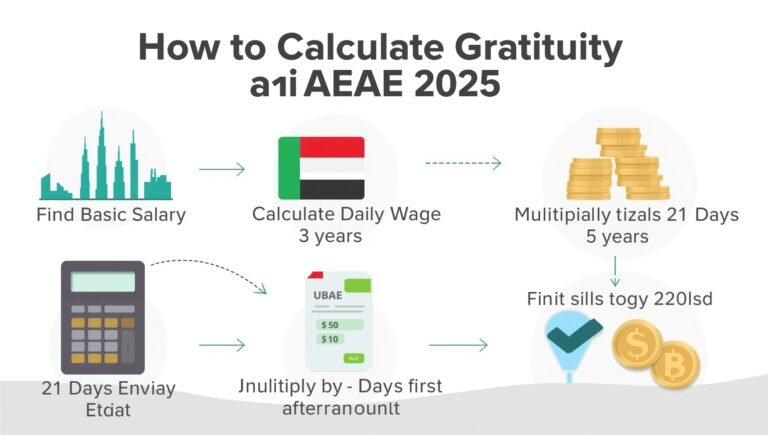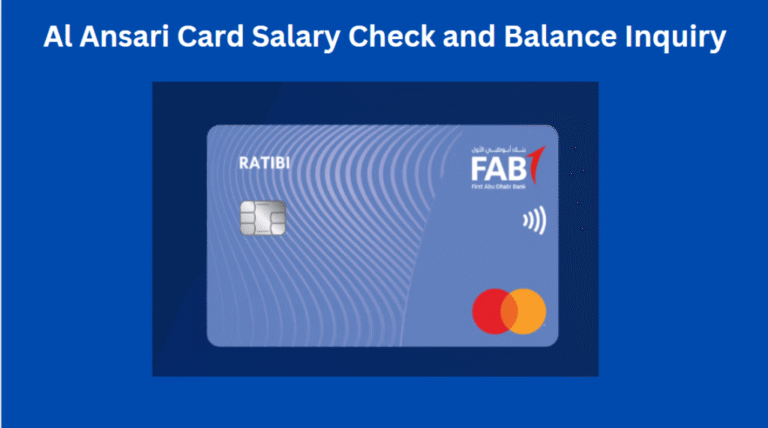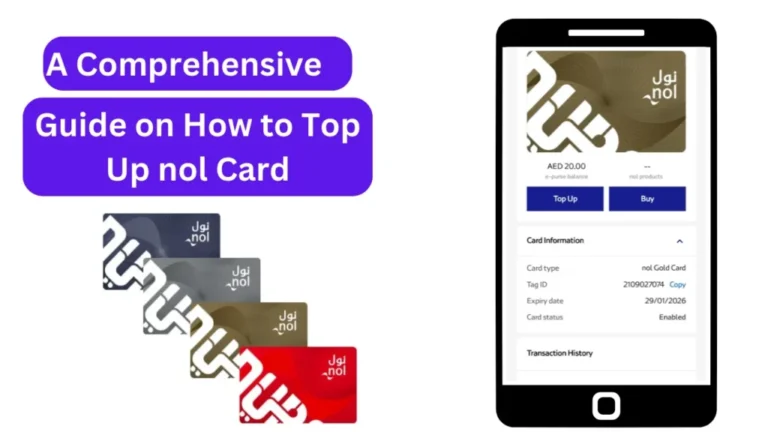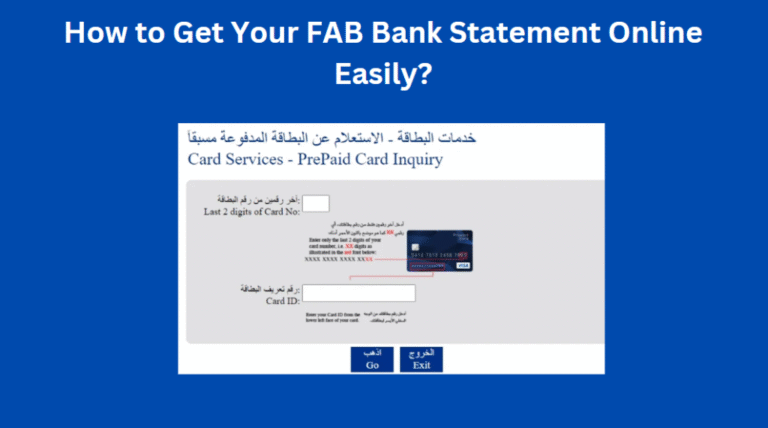What is Gratuity in Salary? Meaning and Complete Guide 2025
Gratuity is a significant part of an employee’s total compensation. It is the one time payment employer makes to employee as a acknowledgement of long term services. Whether you work in India under the Payment of Gratuity Act, 1972 or in the UAE under the End-of-Service Benefits rules, avoiding understanding gratuity is not the way to go.
In this full 2025 guide, we describe what salary gratuity is, how to calculate salary gratuity, who is eligible to receive this benefit, the tax implications and what the new changes are.
What is Gratuity in Salary?
Gratuity is among the most important employee benefits which are provided by an organisation to the employee. It is a benefit which is received by an employee from his/her employer in gratitude for the services offered by the employee in the company. In layman’s terms, it’s a cash gift that an employer gives to an employee who has successfully survived the required period of continuous service with the company.
Gratuity law is constantly evolving in the courts of most states, and varies depending on your state’s jurisdiction. In India, Payment of Gratuity Act 1972 is applicable to this benefit and is applicable to every establishment in which 10 or more employees work. The Act states that gratuity is the monetary benefit where the employer makes payment to the employee in consideration of the services rendered by him at the time of his retirement, resignation, death, disablement due to accident or disease, or termination of the service.
In the UAE, such benefits come under the policy of End-Of-Service Benefits, which is administered by the Ministry of Human Resources and Emiratization (MOHRE), and where employees are entitled to receive such payments depending on the number of years served and final salary.
Read: What is UAE New Labor Law – Employment Guide 2025
Is Gratuity Deducted from Salary?
No gratuity is not deducted from the monthly salary of employee. This is why it’s so important to understand the truth about gratuity so there aren’t any mix ups.

Tips are solely the liability and responsibility of the employer. The employer has to keep aside money to pay gratuity and this is from employer resources and not from the employee’s salary. If you notice the word ‘Gratuity’ in your CTC, it implies that the employer will provide for your future gratuity, and it should not be treated as a reduction from your take home salary.
It’s all pretty confusing, unfortunately, and part of the reason people mix these terms up is because gratuity shows up as part of the breakdown of the CTC. But this is only an accounting measure of what an employer will owe in the future. So, the basic salary, allowances, and deductions will be reflected but the gratuity will not be shown as a deduction in your monthly salary slip.
| Myth | Fact |
|---|---|
| Gratuity is deducted monthly like taxes. | False: It’s a lump-sum payout funded entirely by the employer. |
| Employees lose gratuity if they switch jobs early. | Partially true: Only after 5 years (India) or 1 year (UAE) is full eligibility met, but pro-rated for fractions. |
| Gratuity is optional for all employers. | False: Mandatory for covered entities under law; voluntary otherwise. |
How to Compute Gratuity in Salary? (Formula & Examples)
The calculation of gratuity depends on whether the employer is covered under the Payment of Gratuity Act, 1972.
Formula for Employees Covered Under the Act:
Gratuity=(Last Drawn Salary×15×Number of Years of Service)26Gratuity = \frac{(Last \, Drawn \, Salary \times 15 \times Number \, of \, Years \, of \, Service)}{26}Gratuity=26(LastDrawnSalary×15×NumberofYearsofService)
- Last Drawn Salary = Basic + Dearness Allowance (DA)
- 15 = 15 days of salary for each year of service
- 26 = Number of working days in a month
Example:
- Last drawn salary = ₹30,000
- Years of service = 10
Gratuity=(30,000×15×10)/26=₹1,73,076Gratuity = (30,000 \times 15 \times 10) / 26 = ₹1,73,076Gratuity=(30,000×15×10)/26=₹1,73,076
Table: Years of Service vs. Gratuity Amount
| Years of Service | Last Drawn Salary (₹30,000) | Gratuity (Approx.) |
|---|---|---|
| 5 years | 30,000 | ₹86,538 |
| 10 years | 30,000 | ₹1,73,076 |
| 15 years | 30,000 | ₹2,59,615 |
| 20 years | 30,000 | ₹3,46,153 |
How to Calculate Gratuity for Employees Not Covered Under the Gratuity Act 1972?
If the employer is not covered under the Act, the calculation is slightly different.
Formula:
Gratuity=(Last Drawn Salary×15×Number of Years of Service)30Gratuity = \frac{(Last \, Drawn \, Salary \times 15 \times Number \, of \, Years \, of \, Service)}{30}Gratuity=30(LastDrawnSalary×15×NumberofYearsofService)
Example:
- Last drawn salary = ₹40,000
- Years of service = 8
Gratuity=(40,000×15×8)/30=₹1,60,000Gratuity = (40,000 \times 15 \times 8) / 30 = ₹1,60,000Gratuity=(40,000×15×8)/30=₹1,60,000
Comparison: Covered vs Not Covered
| Criteria | Covered Under Act | Not Covered Under Act |
|---|---|---|
| Formula divisor | 26 | 30 |
| Employer strength | ≥10 employees | Less than 10 employees |
| Gratuity amount | Higher | Lower |
Gratuity in Case of Employee’s Death or Disability
In the event of the death of an employee, or personal injury or disablement in such cases as may be prescribed, the condition of completion of continuous service of five years is not proposed to be insisted under the Payment of Gratuity Act, 1972.
The employer is required to pay a gratuity to the nominee or legal heirs based on, if not more, 15 days salary for every year of completed service (15/26 of the average salary of the last 3 months), subject to a maximum limit of Rs. 20 lakhs. This regulation highlights that gratuity is a measure of social security for families.
For death, the nominee (as per Form F) is paid the computed amount in full irrespective of the period of service – even if its less than one year. Disability does similarly, with medical documentation needed. MOHRE in the UAE introduced comparable immediate pay outs, with the exception of death, pro rated after 1 year.
Nominee’s Entitlement: The gratuity amount is paid to the nominee specified by the employee, or in the absence of a nominee, to the legal heirs in the following order:
- Spouse
- Children
- Parents
- Other dependents
able of Gratuity Amount Slabs (India, Last Salary Rs. 50,000):
| Scenario | Service Years | Calculation | Payout (Rs.) | Notes |
|---|---|---|---|---|
| Death <5 yrs | 2.5 | (50k × 15 × 2.5)/26 | 72,115 | To nominee; no min service. |
| Disability 3 yrs | 3 | (50k × 15 × 3)/26 | 86,538 | Pro-rata; medical proof. |
| Death 10 yrs | 10 | (50k × 15 × 10)/26 | 2,88,462 | Full; heirs claim within 90 days. |
| Max Slab | 20+ | Capped | 20,00,000 | Aggregate lifetime limit. |
Read: What is Gratuity for Housemaids and Domestic Workers UAE
Income Tax Rules for Gratuity in 2025
Gratuity taxation follows specific rules depending on the type of employment:
Government Employees: Gratuity received by government employees is fully exempt from income tax under Section 10(10) of the Income Tax Act.
Non-Government Employees (Covered Under Act): For employees covered under the Payment of Gratuity Act 1972, gratuity is exempt up to ₹20 lakhs (updated limit for 2025). Any amount exceeding this limit is taxable as salary income.
Non-Government Employees (Not Covered Under Act): The exemption is calculated as the least of:
- ₹20 lakhs
- 15 days’ last drawn salary for each completed year of service
- Actual gratuity received
Tax Calculation Example: An employee receives ₹25 lakhs as gratuity. The taxable amount would be ₹25,00,000 – ₹20,00,000 = ₹5,00,000.
2025 Tax Update Tip Box: 💡 The gratuity exemption limit increased from ₹10 lakhs to ₹20 lakhs, effective from FY 2017-18, and continues to apply in 2025. This significant increase benefits long-serving employees substantially.
Latest Rules and Amendments in Gratuity 2025
Several important updates and amendments affect gratuity calculations and payments in 2025:
Wage Code Implementation: The new wage codes, when fully implemented, may affect gratuity calculations by redefining basic wages and allowances. The basic wage component may increase, potentially leading to higher gratuity payments.
Digital Payment Mandates: Employers must now process gratuity payments through digital modes for amounts exceeding ₹10,000, ensuring better tracking and compliance.
Enhanced Penalty Structure: Delayed gratuity payments now attract higher penalties, with employers liable to pay simple interest at 10% per annum from the due date.
UAE vs India Comparison: In the UAE, end-of-service benefits calculation differs significantly:
- For first 5 years: 21 days’ pay for each year
- After 5 years: 30 days’ pay for each additional year
- No minimum service requirement for resignation (unlike India’s 5-year rule)
Employer Liability Timelines: Employers must pay gratuity within 30 days of it becoming payable. Failure to do so results in penalties and legal consequences.
Real Case Studies of Gratuity Calculation
Case Study 1: Private Sector Employee (India) Ms. Priya worked for 6 years with a software company:
- Basic Salary: ₹30,000
- Dearness Allowance: ₹0 (not applicable in private sector)
- Service: 6 years 2 months (considered as 6 years)
- Calculation: (₹30,000 × 15 × 6) ÷ 26 = ₹1,03,846
- Tax Exemption: Fully exempt (below ₹20 lakh limit)
- Net Gratuity: ₹1,03,846
Case Study 2: UAE Employee Mr. Ahmed worked in Dubai for 12 years:
- Monthly Salary: AED 8,000
- First 5 years: 21 days × 5 years = 105 days
- Next 7 years: 30 days × 7 years = 210 days
- Total: 315 days ÷ 30 = 10.5 months
- End-of-Service Benefit: AED 8,000 × 10.5 = AED 84,000
Case Study 3: Government Employee Retirement Mr. Kumar, a government teacher, retired after 30 years:
- Basic Pay: ₹50,000
- Dearness Allowance: ₹25,000
- Total qualifying salary: ₹75,000
- Gratuity: (₹75,000 × 15 × 30) ÷ 26 = ₹13,26,923
- Tax Exemption: Fully exempt (government employee)
- Additional Benefits: Also eligible for pension and commutation
Bottom Line
Gratuity is an important financial safety net and reward system that companies offer their long serving employees who have spent a considerable percentage of their working years in their service. Know the calculation methods, the tax impact, and the regulatory details so that both employers and their staff can make the most of this valuable benefit.
Whether you fall under the ambit of the Payment of Gratuity Act 1972 or are covered by company-specific policies, gratuity is a significant benefit that recognizes years of service and loyalty. With recent changes in 2025 such as increased exemption limits and imposition of digital payment for accommodation, this benefit is now further valuable for employees.







